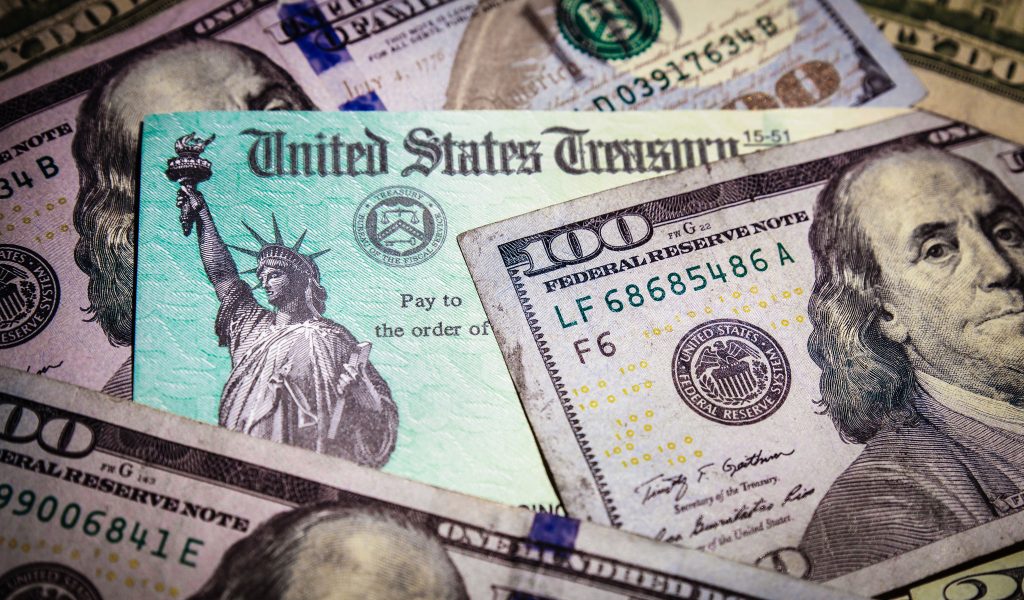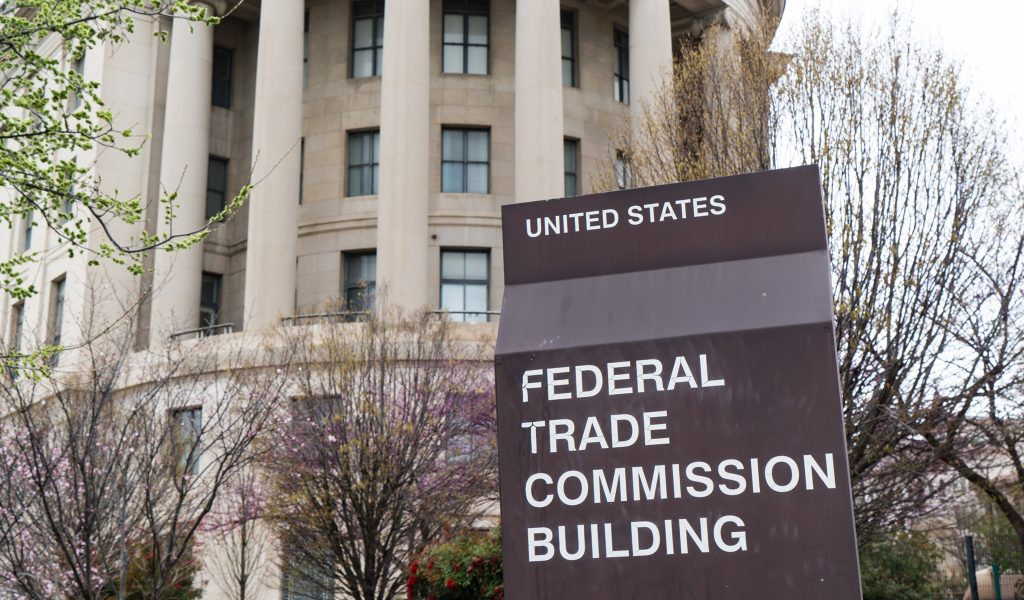It’s always amusing to hear about college students majoring in “entrepreneurialism,” or better yet, individuals who express a plan to be an entrepreneur. That’s because entrepreneurialism can’t be taught, nor is it a planned-out career path. It’s a state of mind. Real-life entrepreneurialism is an expression of a contrarian viewpoint about how business is being done that is revealed through action – action that is broadly rejected, including by the leading lights in the business sector the entrepreneur aims to disrupt.
That entrepreneurs, by definition, swim against the proverbial business stream came to mind early on in Whole Foods founder John Mackey’s excellent new memoir, “The Whole Story.” Writing about his college years and his habit of dropping in and out of school without earning a degree, Mackey describes academic life as unsatisfying. Although he loved to think and learn, Mackey confesses, “I was no longer willing to read books someone else decided I should read.”
Veering from the path his mother and successful healthcare CEO father saw as the logical one, Mackey recalls, “It’s not that I was trying to be a rebel; it’s just that I couldn’t conform.” Exactly. Mackey didn’t choose to be an “entrepreneur” as much as he envisioned the need for a natural foods store at a time (the 1970s, and in Texas!) when few in the grocery business were looking around the corner. The evidence of the young man’s foresight is that Mackey eventually sold his creation in 2017 for $13.7 billion to Amazon.
Of course, it wasn’t that easy. In those early years, Mackey found himself living in a natural-foods focused co-op in Austin. Yes, he was a hippie. But even then, he had a problem with bureaucracy, and the co-op was just that. Mackey and girlfriend Renee Lawson got it in their heads that they should start a natural foods store in their adopted hometown with a simple goal: “Offer customers a better, healthier option than the conventional grocery retailers.” Lawson had a few thousand dollars saved, and Mackey’s father loaned him $10,000 at 5% interest.
They named their company SaferWay Natural Foods and rented an old Victorian house, and quickly got to work remodeling the interior for their natural foods grocery store and cafe. Not long afterward, a city official showed up to ask Mackey for a permit. He didn’t have one, and it never occurred to him to get one. The bigger problem was that accession of a permit would outlast SaferWay’s exceedingly limited capital. Which means they did as entrepreneurs do – they broke the rules. Government officials generally don’t work at night, do they? Mackey, Lawson, and team switched their work schedule to evenings, and in September of 1978, SaferWay officially opened its doors.
The opening had a profound impact on Mackey. Though still very much a hippie in appearance and lifestyle, he could see how close his dream had come to being dashed by officialdom. “Just how it is.” That was the explanation given by the city official who had told him to cease and desist from remodeling the residential building that would house not just his business, but Mackey and Lawson, too. To Mackey, just how it is showed how four little words from the law “can dash even the most beautiful entrepreneurial dreams.” And they helped forge an ideology that informs the libertarian Mackey’s thinking to this day. “Regulatory structures,” he writes, “often do not always match the on-the-ground realities, and they tend to favor well-capitalized, established institutions over innovators and newcomers.”
Those early years were a lean existence for Mackey and Lawson. They lived above the store, their shower was a nozzle that they’d occasionally attach to the hose of the café’s dishwasher, and there were no salaries to speak of. “We lived on next to nothing.” This observation deserves its own discussion. The simple truth is that in focusing on “inequality,” would-be economic reformers and the income redistribution crowd only see the ultimate success of a business. This is particularly true of the wealth gained by entrepreneurs who essentially invent an all-new sector as Mackey and Lawson did.
What’s missed is that entrepreneurs succeed by rejecting the conventional wisdom about how things are done. Of necessity, they aren’t merely heretics; they are risk-takers who are often willing to live in poverty on the very slim chance that their business idea bears fruit. Thank goodness for the unequal. Without them, life would be defined by stasis – and living standards would be a fraction of their abundant present.
By the early ’80s, SaferWay was profitable, and Mackey could claim a princely salary of $200 per month. Things were looking up! Mackey wanted to expand into a bigger and better location with much more automobile and foot traffic. His father agreed to help finance the latter, but on the condition that his son find another investor willing to share the risk. And while Austin has long had a progressive ethos, this was still Texas.
Mackey noticed that one of his buddies drove away from a pick-up basketball game in a fancy car and subsequently found out that Jay Templeton had inherited some money. (Thank goodness for inherited wealth, too). The beneficiaries of it frequently have money to lose, and did Mackey ever have a venture for him.
The next step was convincing a landlord in a well-trafficked location to lease another building to him. Mackey found a space at 10th & Lamar Streets, a more advantageous location. But owner Ben Powell was a skeptic. As he put it to Mackey, “There are not enough hippies in the whole damn world, let alone in Austin, for you to sell enough groceries to make that kind of store a success.” Repeat it over and over again that entrepreneurs believe deeply in what is broadly rejected by others.
The good news is that as entrepreneurs, they’re passionate almost by definition. How else does one pursue a dream that is broadly ridiculed? In Mackey’s case, “One of my superpowers is my evangelical enthusiasm.” And at 9 a.m. on Sept. 20, 1980, the first Whole Foods opened. On 10th & Lamar. Powell had relented.
The original Whole Foods succeeded right away. Within six months, “we became the highest volume natural foods store in the U.S., doing over $200,000 per week.” Usually new ideas struggle, and struggle some more. The only problem was the weather.
As it happened, a once-in-a-century flood hit Austin. On Memorial Day weekend in 1981, the only Whole Foods Market in the world was flooded. Worse, there was nothing about “flood” in the insurance policy covering Whole Foods. “The entire contents of the store were a loss,” Mackey recalls.
Luckily, Mackey already had a sterling reputation with a local banker who personally guaranteed a $100,000 loan for Whole Foods, after whichthe community showed up to help Mackey and his committed employees. “I was getting my first taste of the power of having not just shareholders but stakeholders – people who feel like they have a stake in your company, whether it be financial, practical, or emotional, and to whom you feel accountable.”
A word about stakeholders: It’s popular in some circles to denigrate the notion of businesses being in the business of anything but profit. Mackey’s experience undermines that reasoning. Mackey’s customers were very much invested in seeing his creation succeed, and they came out in force at a time when Whole Foods was near death.
So Whole Foods survived. And Mackey was energized. While building Whole Foods was “incredibly hard,” it can’t be stressed enough that it’s not like work when you’re doing what animates your passion. As Mackey puts it, turning Whole Foods into what it became “was more like play – a deeply satisfying and purposeful form of play.”
Better yet, the initial store’s success made it possible to start up another location in Austin, and soon enough, a Whole Foods opened on Kirby and West Alabama in Houston. Houston was where Mackey grew up and where his parents still lived. Keep this in mind in light of Mackey’s mother’s deep belief in education and her dying wish that “you will go back to school and finally get your degree.” Even as he was succeeding, the rebel in Mackey still had his doubters – among them his own mother, despite the fact that Whole Foods had four stores when she died, including one in the most prominent area of Houston.
Although Mackey’s path never quite satisfied his mother, investor interest in the natural foods space grew. In 1988, venture capitalists purchased a 34% stake in Whole Foods for $4.5 million, which requires a pause. A company that sold for $13.7 billion in 2017 sold one-third of itself for $4.5 million nearly 30 years before. Remember this the next time some pundit talks about the Fed and/or investors offering “easy money.” Sorry, but there’s no such thing. That’s why smart investment bankers are rightly paid so well. Particularly for businesses on the way up, money, liquidity, capital, or name it as you wish, is always hard to come by. Even in 1988, the expectation was that the odds of Whole Foods making it were slim. Money is only “easy” in editorial board meetings and in classrooms.
The main thing was that a company founded on love now had serious money in the bank and the ability to continue its expansion, including to Palo Alto in Northern California.
In 1992, Whole Foods went public. Four years after selling a third of itself for $4.5 million, investors valued the company at $100 million. Formerly a local and very Austin concept, by 1993, Oprah Winfrey was taping shows inside the Whole Foods in Lincoln Park.
By 2004, Whole Foods had opened in New York City and soon could lay claim to being Manhattan’s largest grocery store. Notable about the Columbus Circle location is that the decision to expand into Manhattan had been preceded by all manner of debate and uncertainty inside the company. Which is a reminder that the best investments are only apparent after the fact: All the truly great ideas are borne of uncertainty.
Of course, that explains how a third of what became a 500-store, $16 billion-in-sales global company could be had for so relatively little nearly 30 years before. Great ideas only become great in the rearview mirror, and thanks to the energetic doings of individuals who believe so deeply in what they’re doing that they’ll risk it all to bring life to a vision shared by next to no one.
Close to the end of Mackey’s wonderful book, he writes that all too many in our midst “don’t believe things are getting better. In fact, they romanticize the past and demonize the modern world.” So true, and that’s why we must embrace and celebrate the different thinkers, people like John Mackey who, in leading us to where we didn’t expect or ask to be taken, invent a future that improves on the past.
Republished from RealClear Politics








